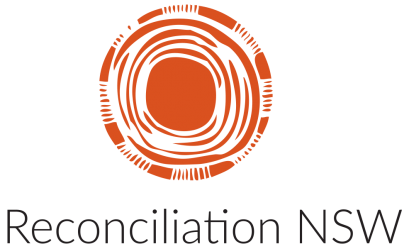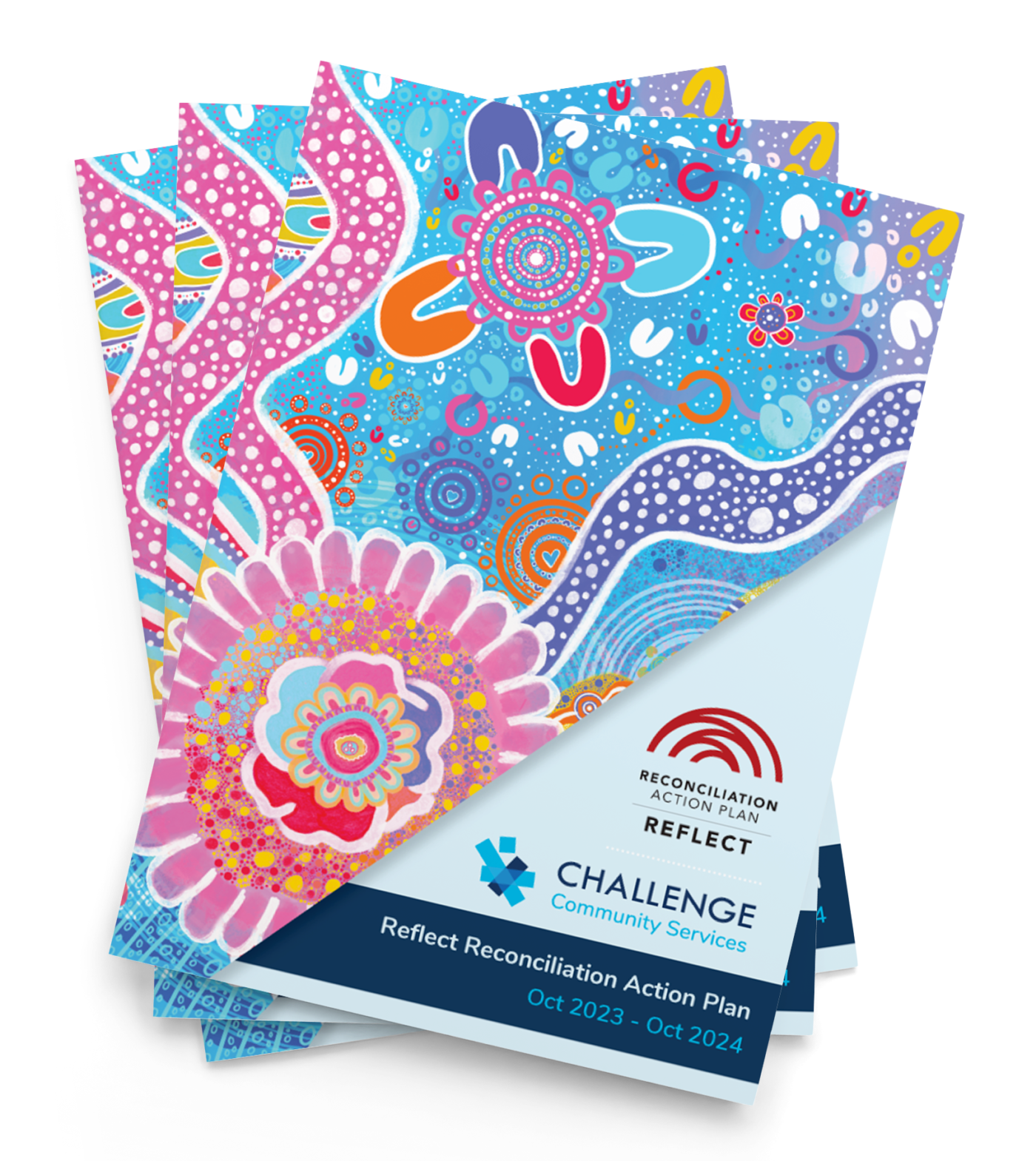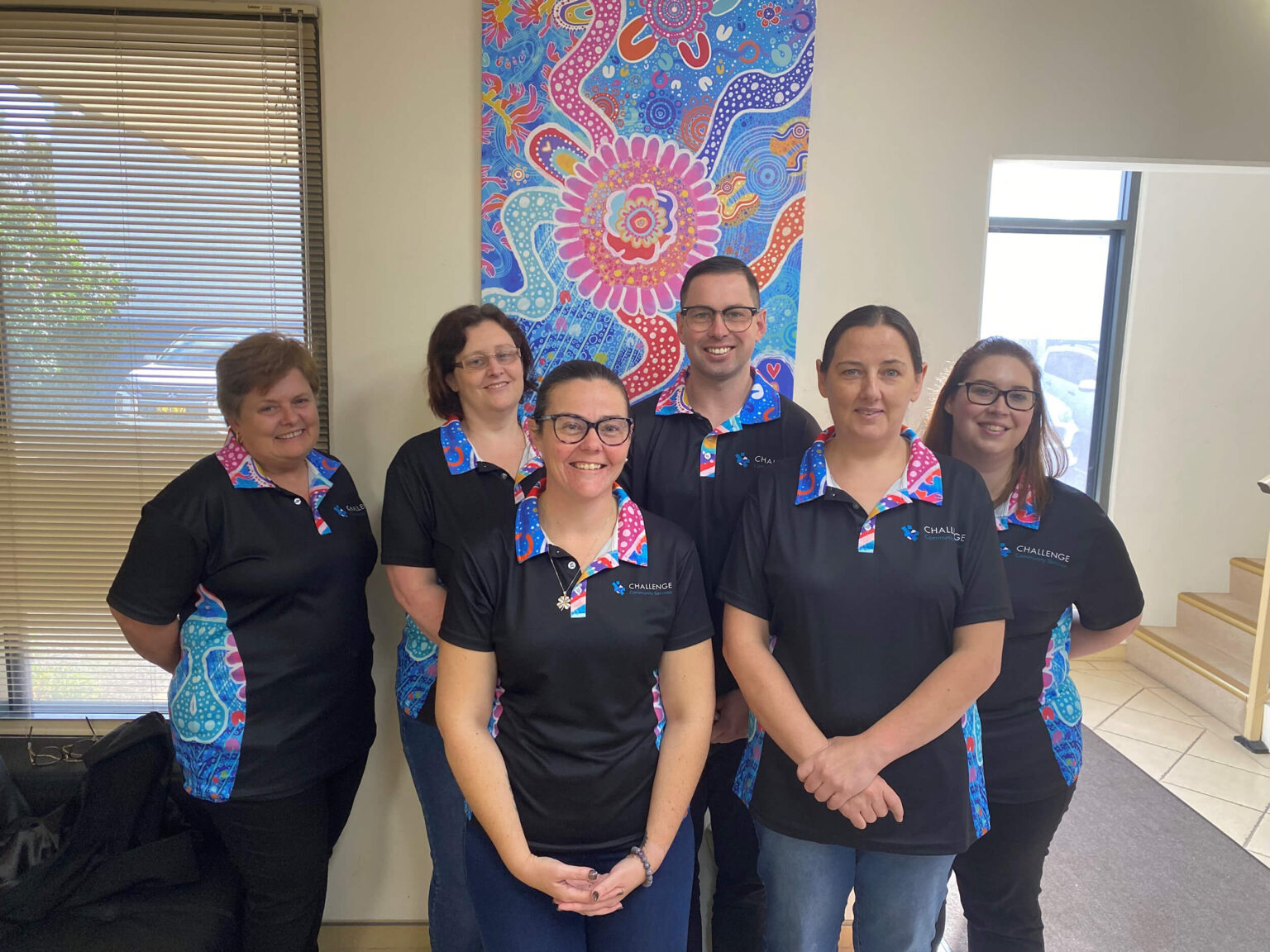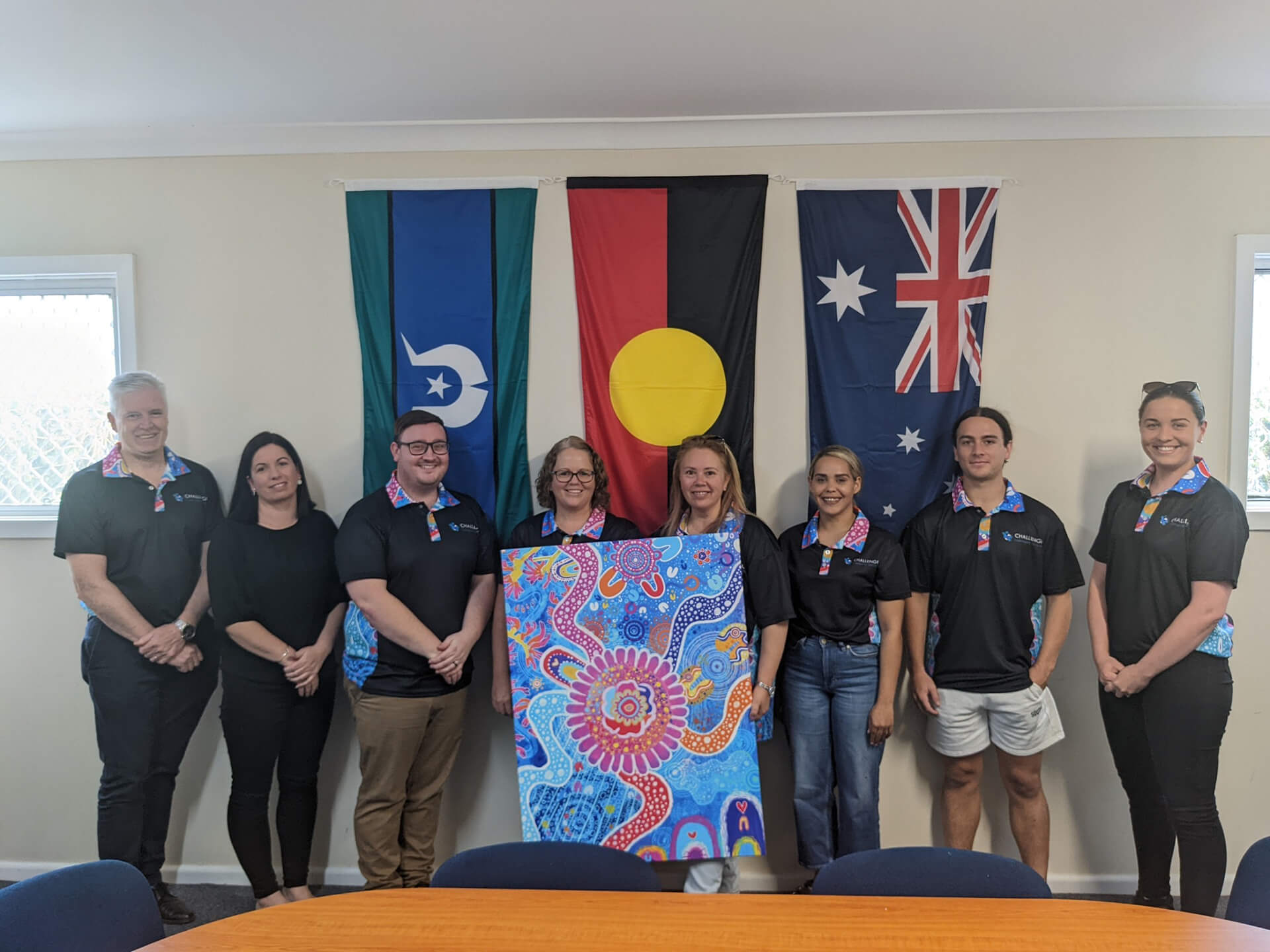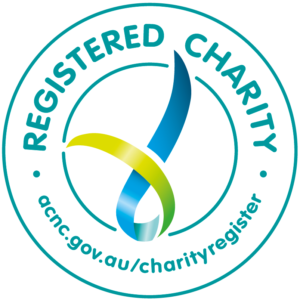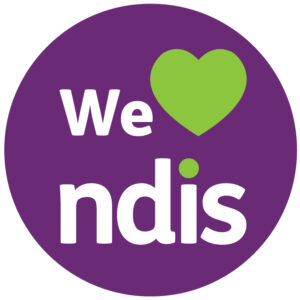First Nations Reconciliation Action Plan (RAP)
Our reconciliation vision is to improve outcomes by adopting a continuous improvement approach to culturally safe practices and service provision. Our goal is to enrich the interactions we have in the community to make a positive difference. We are passionate about supporting everyone to reach their potential, no matter their ability, religion, gender, sexual orientation, or race.
We will achieve our reconciliation vision by:
- Partnering with First Nations people and communities in ways that are informed by culture; that are supported and led by First Nations communities; that recognise the legacy of past policies and practices; and in ways that support aspirations and outcomes.
- Building the cultural competency of all staff and carers
- Increasing recognition of First Nations peoples through Welcome to Country and Acknowledgement of Traditional Owners and Custodians
- Ensuring the voices of Aboriginal and Torres Strait Islander staff, carers and people we support, inform our work
Challenge Community Services is dedicated to improving our cultural competence and developing a better understanding of First Nations peoples, both within our team and in our communities. We recognise that Reconciliation is an ongoing job that must be continually worked on.
Our First Nations Framework provides guidance to our team on cultural development and outlines our plans for achieving the best outcomes in line with our Reconciliation plan. This includes a strong commitment to Cultural Respect, Consultation and Collaboration, Self-Determination and Holistic approaches to applying these pillars into practice.
First Nations Reconciliation Action Plan (RAP)
In its broadest sense, ‘reconciliation’ means ‘coming together’ a value we hold highly, working to strengthen relationships between Aboriginal and Torres Strait Islander peoples and non-Indigenous peoples, for the benefit of all Australians. We believe the work is far from over, and while generations of Australians have fought for meaningful change, future gains are likely to take as much, if not more effort, and we are here to do our part in closing the gap.
We intend to help foster a community of shared values, goals and a common language in relation to reconciliation. By developing a RAP, Challenge can turn good intentions into positive actions that;
- Actively help to build higher trust with staff, clients and community
- Lower prejudice
- Increase pride in First Nations cultures
- Demonstrate support for First Nations staff and clients, both current and future
The 2022 Australian Reconciliation Barometer found:
- 93% of First Nations people and 89% of the general community feel our relationship is important
- 60% of First Nations people have experienced at least one form of racial prejudice in the past six months
- Only 17% of non-Indigenous people have socialised with First Nations people in the past year
- Australians believe the private sector should do more to close the gap in areas of Health, Education, and Employment
- 85% of people in the general population believe it is important to know about First Nations Culture
- 66% of First Nations people and 53% of people in the general community want to do something to help improve reconciliation, but only 54% of First Nations people and 30% of people in the general community know what they can do to help reconciliation
- 75% of First Nations people and 70% of people in the general community believe Community Sector Organisations should help to improve reconciliation
How Our Practice Framework Guides Us
Our Practice Framework outlines our core values and how we hope to achieve the implementation of them throughout our organisation. We’re not just committed to improving career opportunities for First Nations staff, but building better relationships with our communities and supporting the advancement of Reconciliation in everything we do. We use it to provide cultural guidance in our policies, procedures, care planning and support practices.


